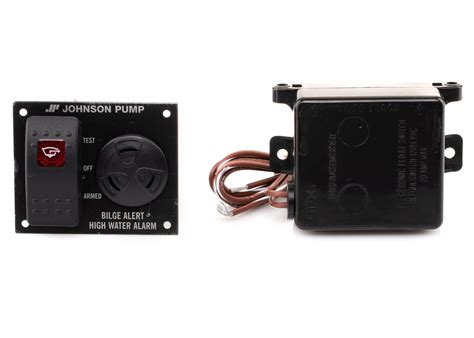Mercury Outboard Alarm Reset: A Comprehensive Guide with Video Tutorial
Mercury outboard motors are renowned for their reliability and performance, but like any complex piece of machinery, they can occasionally trigger alarms. Understanding these alarms and knowing how to reset them is crucial for maintaining safe and enjoyable boating experiences. This comprehensive guide will walk you through the process of resetting your Mercury outboard alarm, covering various scenarios and providing troubleshooting tips. While we can't provide a video directly within this text format, we will guide you on what to look for in a helpful online video tutorial.
Understanding Mercury Outboard Alarms
Before diving into the reset procedure, it's essential to understand what triggers these alarms in the first place. Mercury outboards employ sophisticated monitoring systems to detect potential problems, alerting the operator with audible and visual warnings. These alarms can indicate a wide range of issues, including:
- Low oil pressure: This is a critical alarm, indicating insufficient lubrication for your engine. Ignoring this could lead to severe engine damage.
- Overheating: High engine temperatures can also cause significant damage. This alarm usually indicates a problem with the cooling system.
- Charging system issues: Problems with the battery charging system can leave you stranded with a dead battery.
- Other system faults: Depending on your engine's model and year, other sensors may trigger alarms for issues like fuel pressure or water in the fuel.
How to Find a Reliable Video Tutorial
Searching for "Mercury Outboard Alarm Reset" on platforms like YouTube will yield numerous video tutorials. When selecting a video, look for these key features:
- Specific Engine Model: Ensure the video addresses your exact Mercury outboard model and year. Alarm systems and reset procedures can vary slightly between models.
- Clear Visuals: The video should clearly show the location of the alarm switch or diagnostic panel and the steps involved in the reset process.
- Credible Source: Look for videos from reputable boating channels, Mercury dealers, or experienced mechanics.
- Comprehensive Explanation: A good video will not only show the reset procedure but also explain the potential causes of the alarm and troubleshooting steps.
Troubleshooting Before Resetting
Simply resetting an alarm without addressing the underlying problem is not a solution; it's merely a temporary fix. Before resetting, try these troubleshooting steps:
- Check your oil levels: Low oil is a frequent cause of alarms. Top up the oil if necessary, following the recommendations in your owner's manual.
- Inspect the cooling system: Check for any obstructions in the water intake or any signs of overheating, such as excessive steam or unusually hot engine components.
- Test the battery and charging system: A weak battery or charging system problems can trigger alarms.
Common Mercury Outboard Alarm Reset Procedures (General Steps)
While specific procedures vary depending on the model, many Mercury outboards share common reset methods. A video tutorial will best guide you through the specific steps for your engine. However, you might find these generalized steps helpful. Remember, always consult your owner's manual for detailed instructions specific to your model.
- Locate the alarm switch or diagnostic panel: This is usually located on the engine's control panel or near the instrument cluster.
- Identify the reset procedure: This might involve pressing and holding a button, turning a key switch, or navigating a digital display. Your owner's manual or a video will clarify this.
- Reset the alarm: Follow the instructions precisely.
- Monitor the engine: After resetting the alarm, closely monitor your engine's performance. If the alarm recurs, it's essential to seek professional help from a qualified Mercury mechanic.
What if the Alarm Persists After Resetting?
If the alarm persists despite resetting and troubleshooting, it indicates a more serious underlying issue. In such cases, it's crucial to take your boat to a qualified Mercury outboard mechanic. Continuing to operate the engine with a persistent alarm could lead to significant and costly damage.
Importance of Regular Maintenance
Preventing alarms is far better than dealing with them after they occur. Regular maintenance, including routine oil changes, cooling system checks, and battery maintenance, significantly reduces the chances of encountering these issues. Consult your owner's manual for a recommended maintenance schedule tailored to your specific Mercury outboard model.
By following the guidance provided here and consulting a relevant video tutorial, you'll be well-equipped to handle most Mercury outboard alarm situations safely and efficiently. Remember to prioritize safety and always consult your owner's manual for model-specific instructions.

